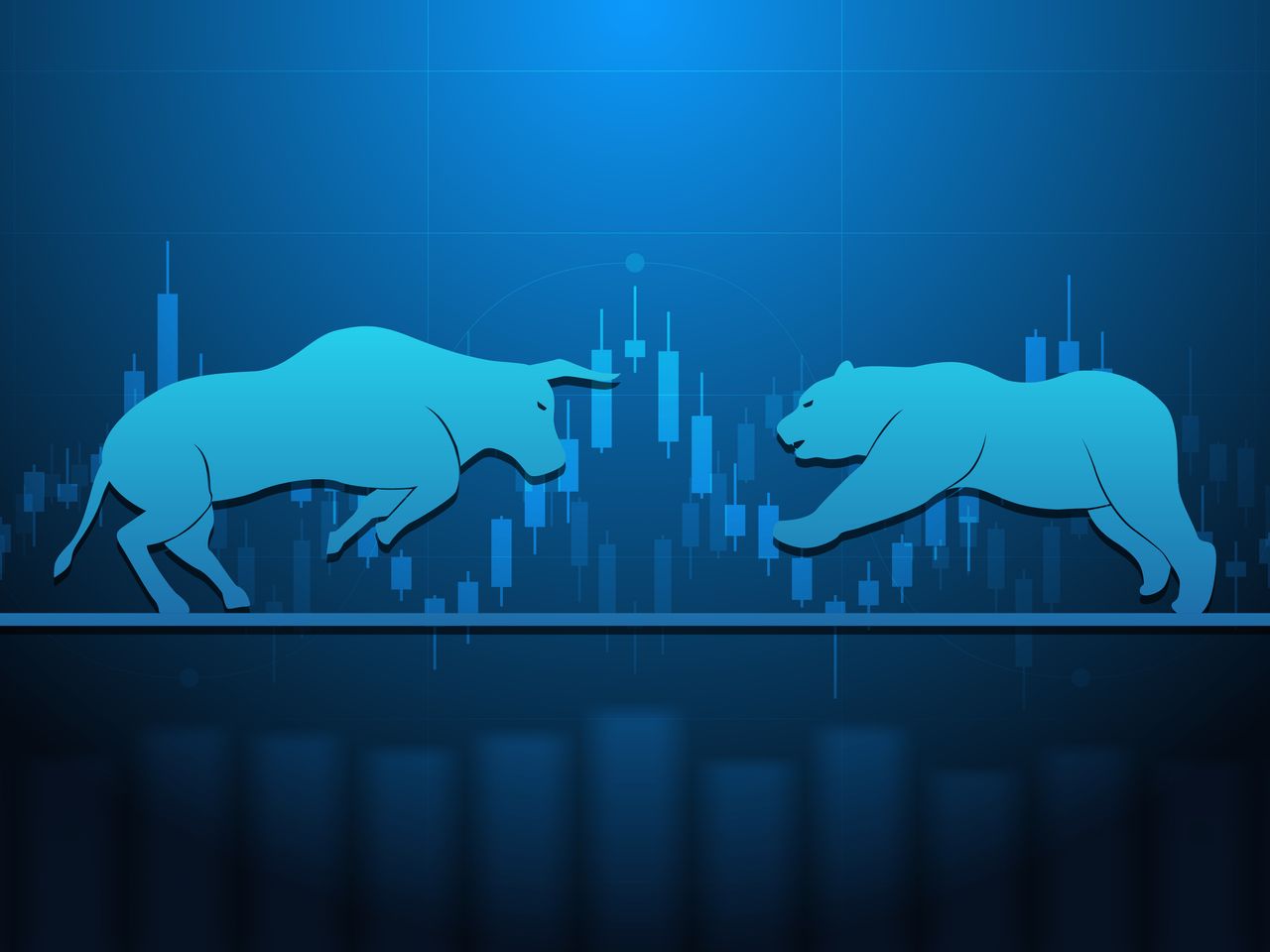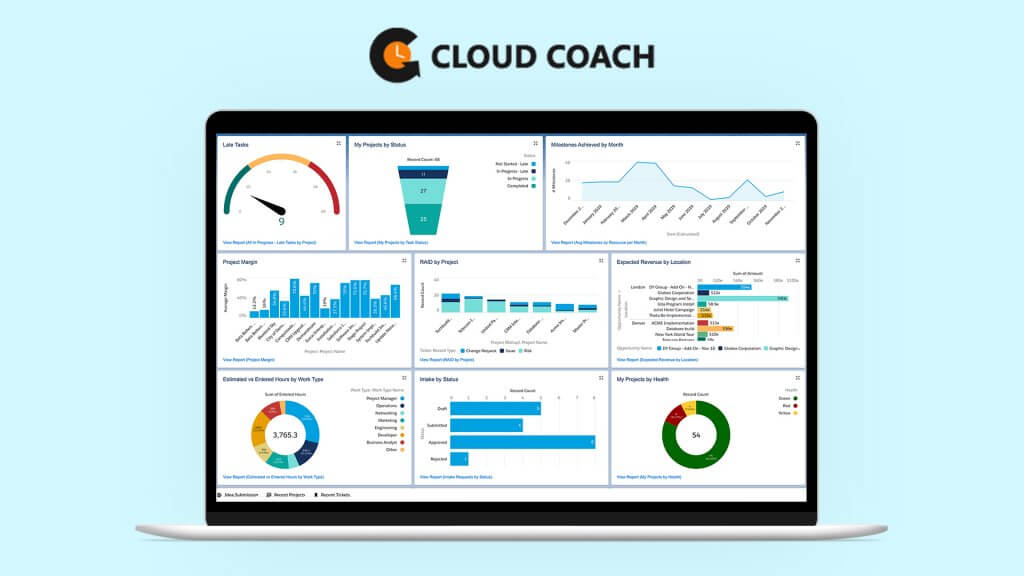
As we enter the new year, investors are looking for signs of what’s to come in the markets. One of the most closely watched indices is the Dow Jones Industrial Average (DJIA), which measures the stock performance of 30 large US companies. In this article, we’ll discuss the Dow Jones prediction and what factors could impact the index’s performance.
Historical Performance of the Dow Jones Industrial Average
The DJIA has been one of the most widely followed stock market indicators for over a century. It was first calculated in 1896 and has since become a barometer for the overall health of the US economy. Over the years, the DJIA has undergone many changes in composition and methodology, but it remains a key metric for investors and analysts.
In the early 20th century, the DJIA experienced a number of booms and busts, including the stock market crash of 1929 and the Great Depression that followed. During World War II, the index experienced a significant decline, but it rebounded strongly in the post-war period.
In the late 20th century, the DJIA saw significant growth, particularly during the dot-com boom of the 1990s. However, this growth was followed by the dot-com bust and a period of market turbulence in the early 2000s. The financial crisis of 2008 also had a major impact on the DJIA, causing it to plummet to its lowest point in over a decade.
Economy rebounding
The rebounding US economy is being driven by several factors, including government stimulus measures, a strong labour market, and a rebounding tourism industry.
In response to the COVID-19 pandemic, the US government passed several rounds of fiscal stimulus measures, including direct payments to individuals, increased unemployment benefits, and small business loans. These measures helped support consumer spending and prevented widespread economic collapse.
Additionally, the labour market has been strong, with the unemployment rate falling from a high of 14.8% in April 2020 to 4.2% in January 2023. This has led to increased consumer confidence and spending, which drives economic growth.
Furthermore, the rebounding tourism industry has also contributed to the recovery. As more people are vaccinated and travel restrictions are eased, there has been a surge in demand for travel, hospitality, and entertainment services. This has led to job growth in these industries and increased economic activity in areas that were hit hard by the pandemic.
Overall, the combination of government stimulus measures, a strong labour market, and a rebounding tourism industry are driving the rebounding US economy and contributing to the upward trajectory of the DJIA.
Current State of the Dow Jones Industrial Average
As of February 2023, the DJIA is trading around 34,500, up from around 31,000 in March 2021, representing a significant increase over the past year. The stock market has been buoyed by several factors, including strong corporate earnings, fiscal and monetary stimulus measures, and a rebounding economy.
Dow Jones 2023 Forecast
Predicting the stock market’s performance is always a challenging task, as it depends on a variety of factors, including macroeconomic trends, geopolitical risks, and market sentiment. However, by analyzing current market trends and economic indicators, we can make some predictions about the Dow Jones forecast.
Economic Growth: One of the key factors that could impact the DJIA’s performance is economic growth. The US economy is expected to continue growing in 2023, driven by fiscal stimulus measures, a strong labour market, and a rebounding tourism industry. This could help boost corporate earnings, which is a key driver of stock prices.
Inflation Expectations: Another factor that could impact the DJIA’s performance is inflation expectations. The US inflation rate has been rising, driven by higher energy and commodity prices. However, the Federal Reserve has signalled that it will maintain its accommodative monetary policy stance, which could limit the impact of rising inflation on the stock market.
Geopolitical Risks: Geopolitical risks could also impact the DJIA’s performance. For instance, ongoing tensions between the US and China, the impact of Brexit, and the threat of cyberattacks could all affect investor sentiment and the stock market’s performance.
Geopolitical risks
Geopolitical risks can have a significant impact on the stock market and the DJIA. For example, ongoing tensions between the US and China could lead to increased tariffs, trade restrictions, and other measures that could negatively affect corporate earnings and investor sentiment. Similarly, the impact of Brexit on the global economy could lead to uncertainty and volatility in the markets.
In addition, the threat of cyberattacks could disrupt financial systems and potentially lead to significant losses for investors. As the world becomes more interconnected and dependent on technology, the risk of cyberattacks is becoming a more significant concern for investors and financial institutions.
Moreover, geopolitical risks can also lead to changes in government policies and regulations, which can have a significant impact on specific industries and companies. For example, changes in energy policies could affect the profitability of oil and gas companies, while changes in healthcare policies could impact pharmaceutical companies’ earnings.
Overall, geopolitical risks are difficult to predict, and their impact on the stock market can be unpredictable. It is essential for investors to stay informed about global events and to consider the potential impact of geopolitical risks when making investment decisions.
Conclusion
In conclusion, predicting the stock market’s performance is a challenging task, and there are always risks and uncertainties to consider. However, by analysing current market trends and economic indicators, we can make some predictions about the DJIA’s performance in 2023. Overall, the DJIA is expected to continue its upward trajectory in 2023, driven by a rebounding economy, strong corporate earnings, and accommodative monetary policy. Nonetheless, investors should always exercise caution and diversify their portfolios to manage risk effectively.





















